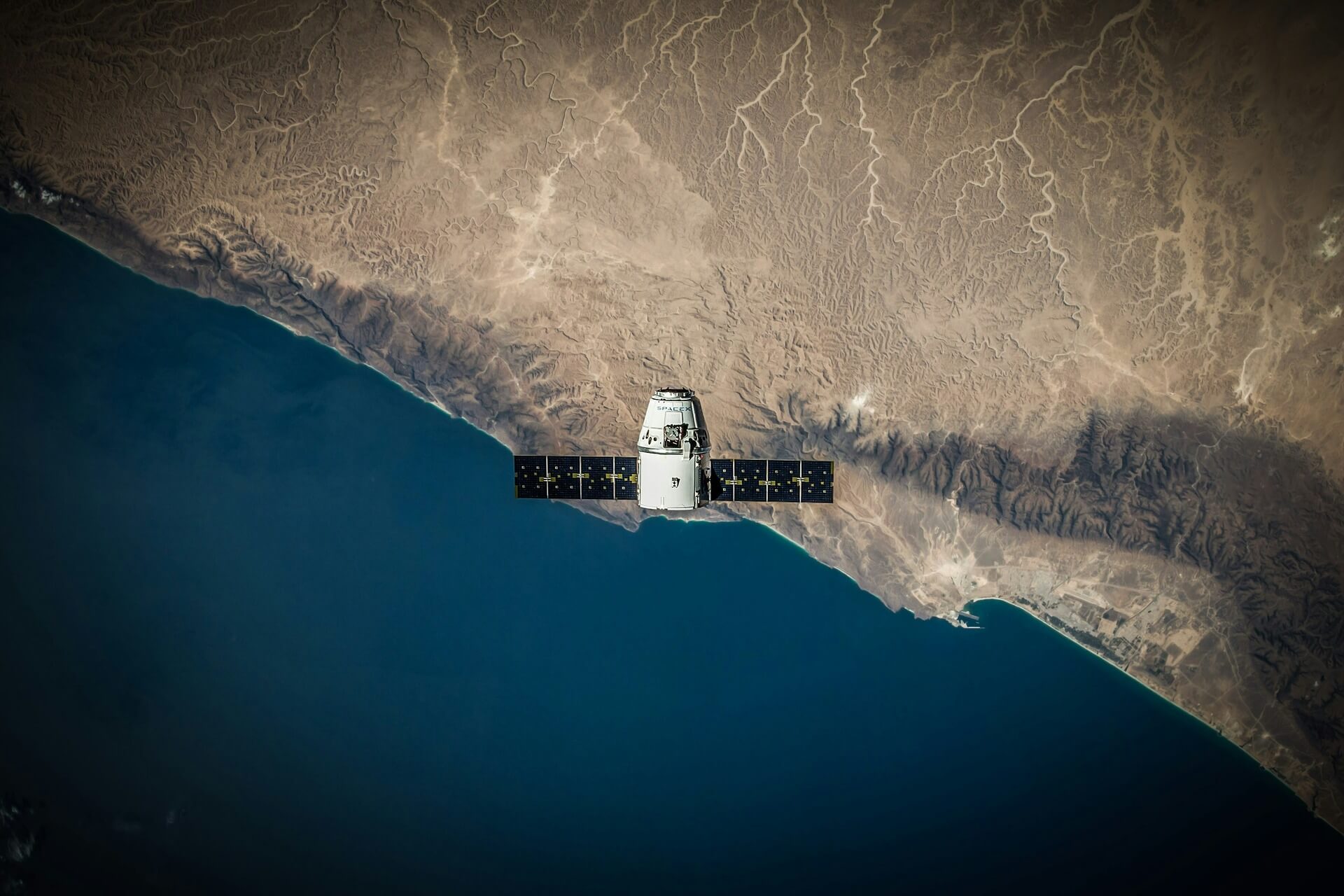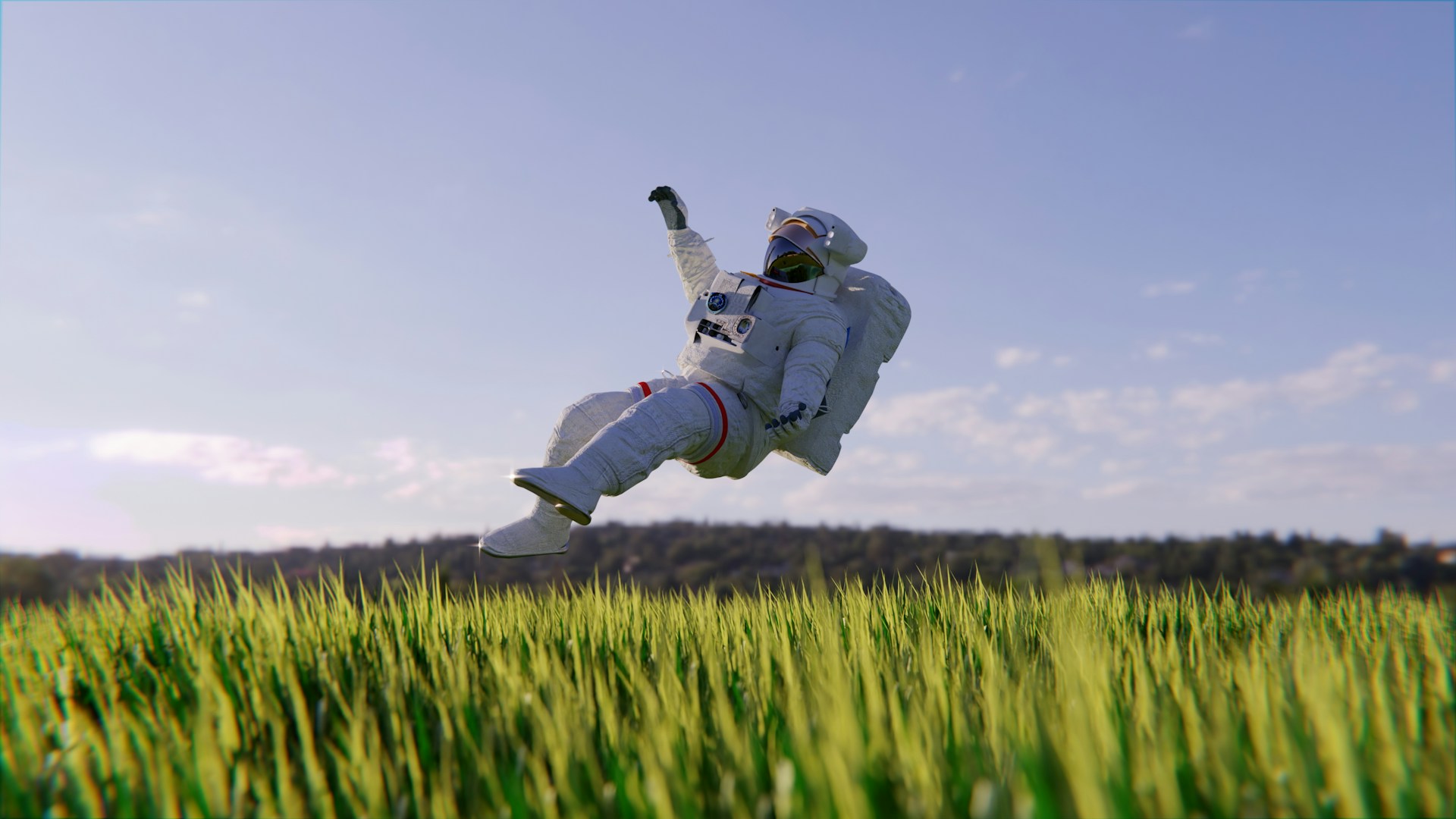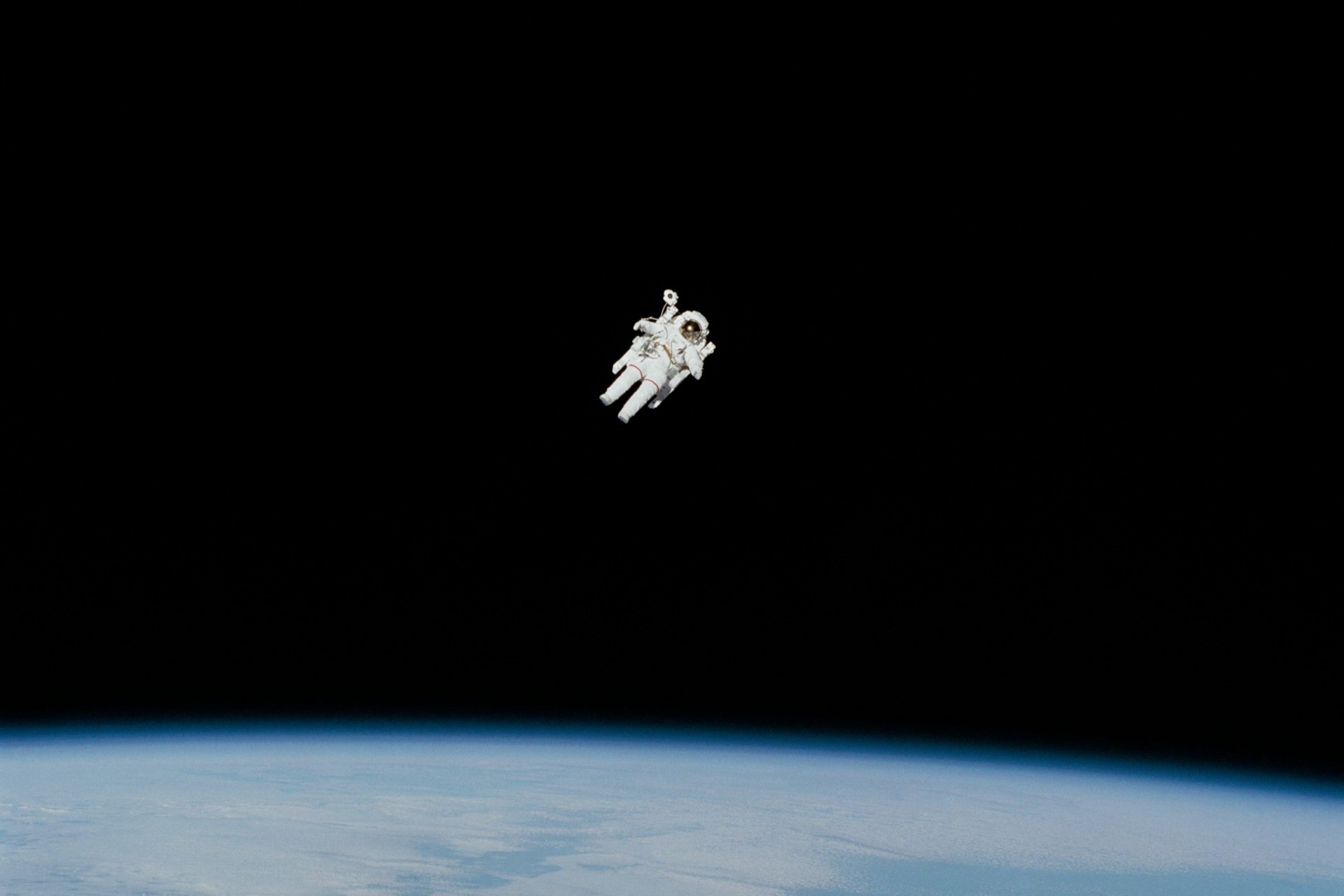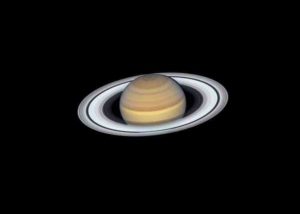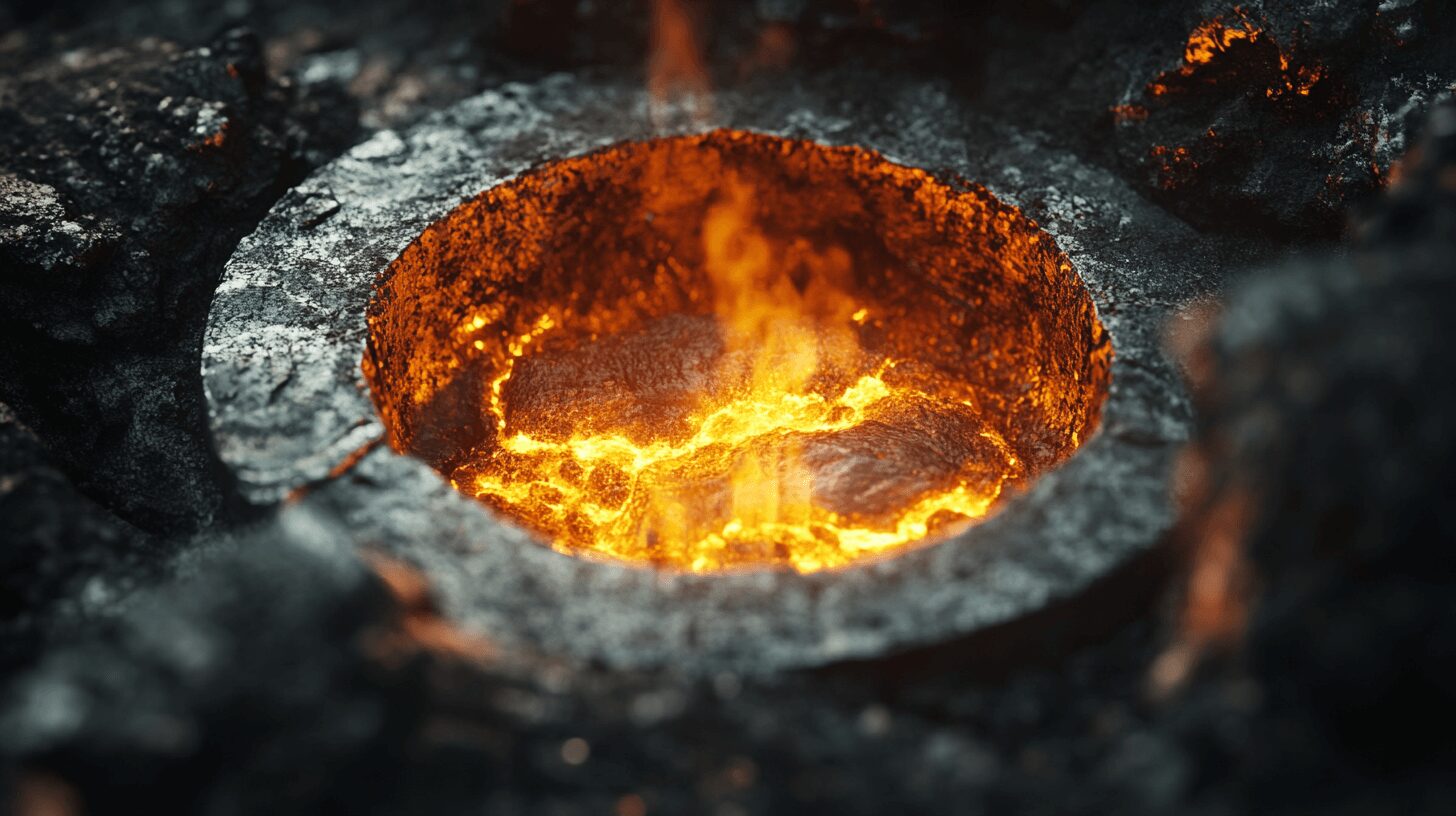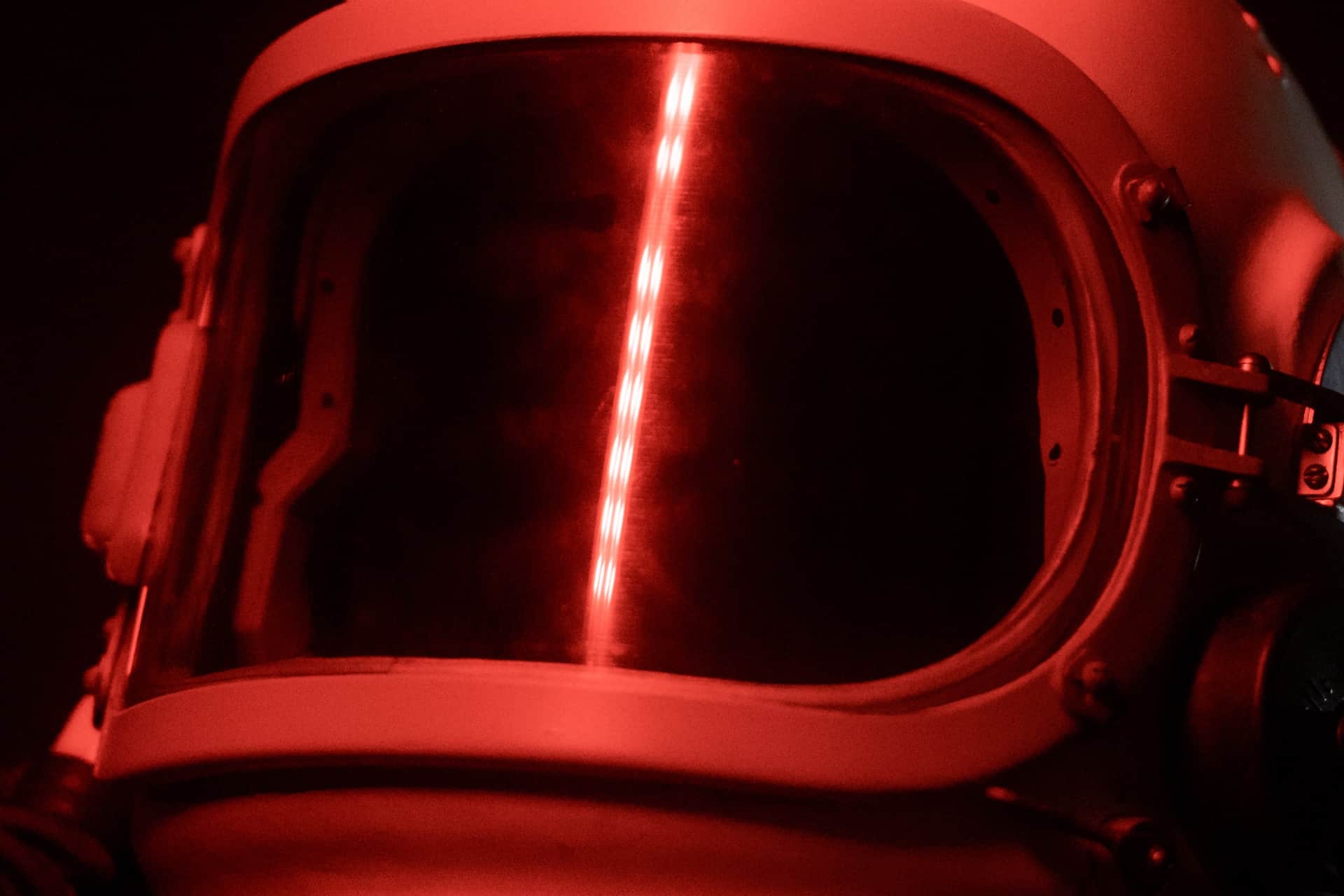
Houston, We Have a Cellular Problem
April 29, 2022 - Ellie Gabel
Revolutionized is reader-supported. When you buy through links on our site, we may earn an affiliate commission. Learn more here.
Space travel is challenging. Humans aren’t built to withstand the harsh radiation, brutally cold temperatures, and lack of breathable atmosphere beyond Earth. But that hasn’t stopped astronauts from trying.
As of 2022, more than 600 people have traveled to space, helping researchers and aerospace engineers paint a picture of how space travel impacts the human body. The problem is that of those 600-plus astronauts, none of them have traveled farther than the moon or spent more than a year consecutively in space.
With companies like SpaceX and Blue Origin pushing for a future of space tourism, we could see that number jump from the hundreds to the thousands or higher in the next few years. How does space travel impact the human body? New studies have uncovered a cellular problem that could make long-term space travel more challenging.
The Impacts of Microgravity on the Human Body
In the decades since the beginning of the space program, scientists have had plenty of opportunities to study the impact of microgravity on the human body. It wasn’t until the International Space Station went online in 2000 that humans spent more than a few days at a time in space.
Research shows that spending long periods in microgravity has several detrimental effects on the human body.
Muscular Atrophy
The human body fights against gravity for every move it makes. Even people who don’t lift weights or strength train have at least some muscle mass. Without that force pulling the astronauts down, they begin to lose muscle mass in microgravity. Studies show that an astronaut can lose up to 20% of their muscle mass in less than two weeks without a strict exercise regimen.
Spaceflight Osteopenia
The Disney film “Wall-E” showcased humans living in a low-gravity environment for generations. While the extreme changes to their bodies – replacing muscle with fat and significantly shrinking the bone structure – are visually exaggerated, research shows that microgravity contributes to bone loss in astronauts.
On average, astronauts lose about 1-2% of their bone mass per month spent in space. Some experts are concerned that this loss, however gradual, could result in permanent bone damage on long spaceflights.
Slowed Cardiovascular System
The lack of gravity in space also means the heart doesn’t have to work as hard because gravity isn’t pulling the blood down into the lower extremities. Over time, this can cause the cardiovascular system to become ‘lazy’ and even cause artery stiffening that mimics 10-20 years of age on the ground.
Fluid Redistribution
The human body is more than 70% water. Without gravity, that fluid redistributes, which can cause a variety of issues. The most common problem is “moon face” – an astronaut’s face becomes puffy because fluid is gathering in the face. This fluid distribution can also cause problems with eyesight, balance, and other systems in the body.
Changes in the Immune System
When an immune response comes to an end, the body releases T regulator cells (Tregs) that tell the immune system to back off because there is no longer a threat to deal with. Microgravity has been found to activate these Tregs before an infection occurs, effectively suppressing the immune response and making the astronauts more vulnerable to infection.
This list only covers a fraction of microgravity’s impacts on the human body. The more time astronauts spend in outer space, the better researchers will understand precisely what the experience does to human biology.
NASA and the Twin Project
Identical twins might not be perfect carbon copies of one another, but they’re as close as the human race can get. When a pair of twins – Mark and Scott Kelly – both became astronauts, NASA was presented with a unique opportunity to study the impact of space flight on the human body. Scott spent almost a year in space while his brother Mark stayed here.
What researchers found was astonishing. Scott lost body mass compared to his twin, but his folate statue increased. Perhaps the most interesting data is that after almost a year in space, Scott’s telomeres got longer. Telomeres are a biological clock of sorts. Each time a cell divides, the telomeres get shorter. Once they reach a specific length, the cell dies. While Scott’s telomeres did return to normal after he landed, the fact that microgravity can change them created a buzz in the genetic research sector.
Searching for the Origin of Space Anemia
Perhaps the most intriguing effect of space flight on the human body comes from space anemia. The average body creates and destroys upwards of 2 million red blood cells every day on Earth. Studies show that astronauts lose 54% more red blood cells in space than on the ground, burning through 3 million red blood cells a day.
This isn’t as big a problem in outer space or low-gravity environments as it might be on Earth. Once astronauts are back on the ground, this space anemia can negatively impact endurance and energy levels. On Earth, that might mean taking some iron supplements or, in extreme cases, receiving a blood transfusion. This sort of anemia could be downright dangerous on the surface of an alien world.
Unlike many other changes that astronauts experience, space anemia doesn’t go away when they return home. It can take three to four months for red cell counts to return to normal. Even a year later, samples show that these astronauts’ bodies destroy red blood cells 30% faster than before they went into orbit. These results are the same for both male and female astronauts.
As of this writing, researchers don’t know what causes space anemia. Discovering the source of this problem could benefit both space travelers and those here on Earth who suffer from anemia with no other clear diagnostic source. It is similar to the anemia experienced by bedridden patients, meaning a solution to one could prove to be a solution to both problems.
What Does This Mean for Long-Term Space Flight?
Humans don’t travel farther than the International Space Station these days, but that will likely change soon. The next destination is the Moon, courtesy of the Artemis missions planned for the mid and late 2020s. Beyond that is Mars, which could mean humans spend time in microgravity for 300 days or longer. If a mission goes wrong, similar to the fictional one portrayed in “The Martian,” astronauts could be stranded for years while waiting for rescue.
Instead of letting these challenges chase humanity away from spaceflight, NASA and other space agencies are rising to the challenge. Each time an astronaut spends time on the International Space Station or comes home from orbit, they generate more data for these researchers to work with. It’s not the perfect solution, but the more information these agencies can collect, the easier it will be to find the missing piece of the puzzle that makes it easier for humans to thrive in microgravity.
The problem of space anemia isn’t slowing down the current timelines targeting the Moon and Mars as places to set up a permanent base similar to the International Space Station. The first Artemis mission – the uncrewed Artemis 1 – is scheduled to launch in May 2022. Once it launches, its goal is to orbit the moon before returning safely.
If successful, the next mission will be Artemis 2, likely in 2024. This second mission will carry a crew to the Moon’s south polar region, which will be the first time humans have set foot on the lunar surface since Apollo 17 in 1972.
Looking Toward the Stars
The human race has been looking at the stars and wondering what was out there for as long as we’ve been able to see the sky. Taking a trip to the Moon might not seem like a massive endeavor, but it’s not just the Moon that astronauts are after. It’s just the first step to taking them farther into the universe. If the human race hopes to explore farther into the Cosmos, overcoming problems like space anemia will be essential.
Revolutionized is reader-supported. When you buy through links on our site, we may earn an affiliate commission. Learn more here.
Author
Ellie Gabel
Ellie Gabel is a science writer specializing in astronomy and environmental science and is the Associate Editor of Revolutionized. Ellie's love of science stems from reading Richard Dawkins books and her favorite science magazines as a child, where she fell in love with the experiments included in each edition.
